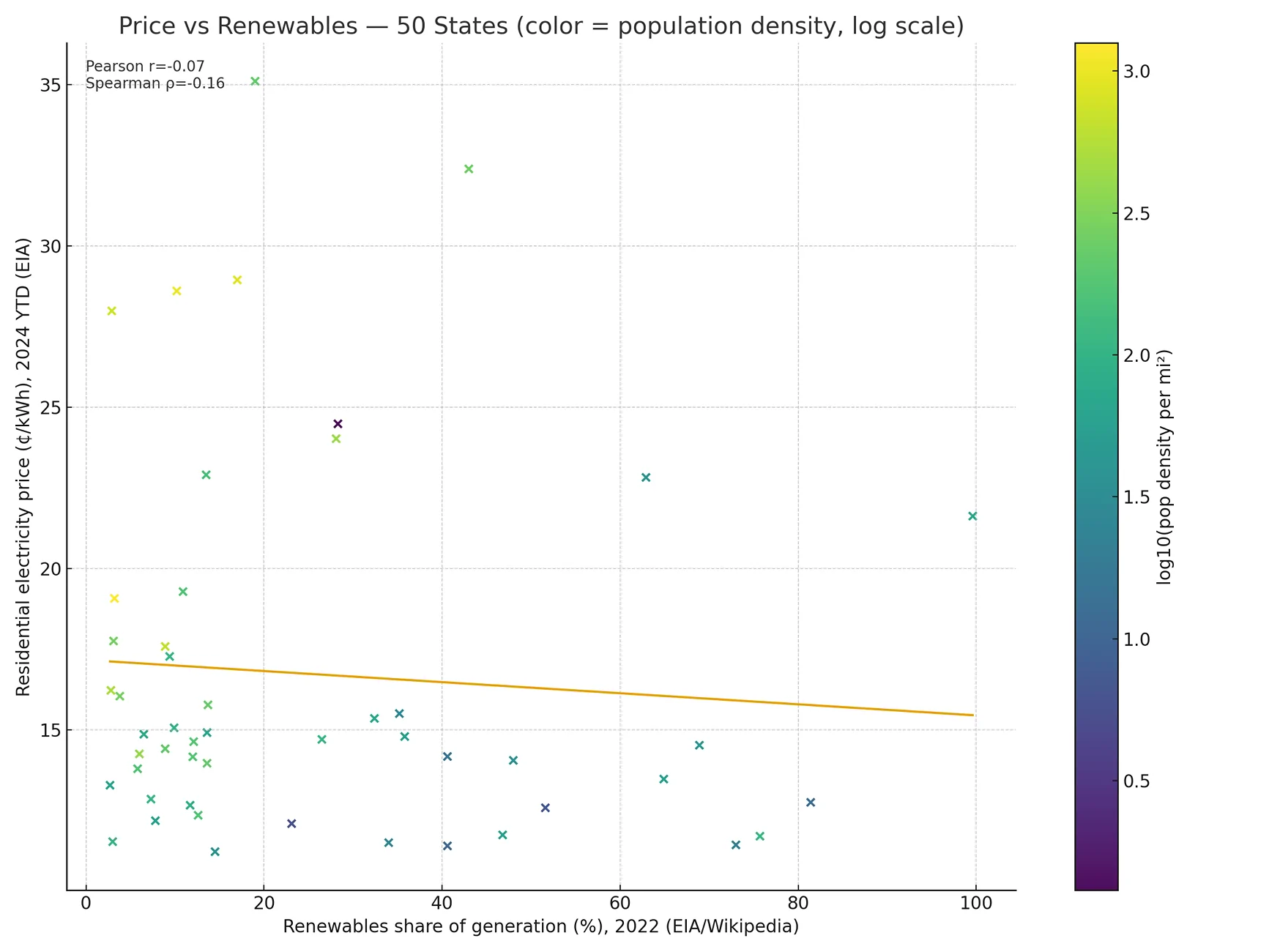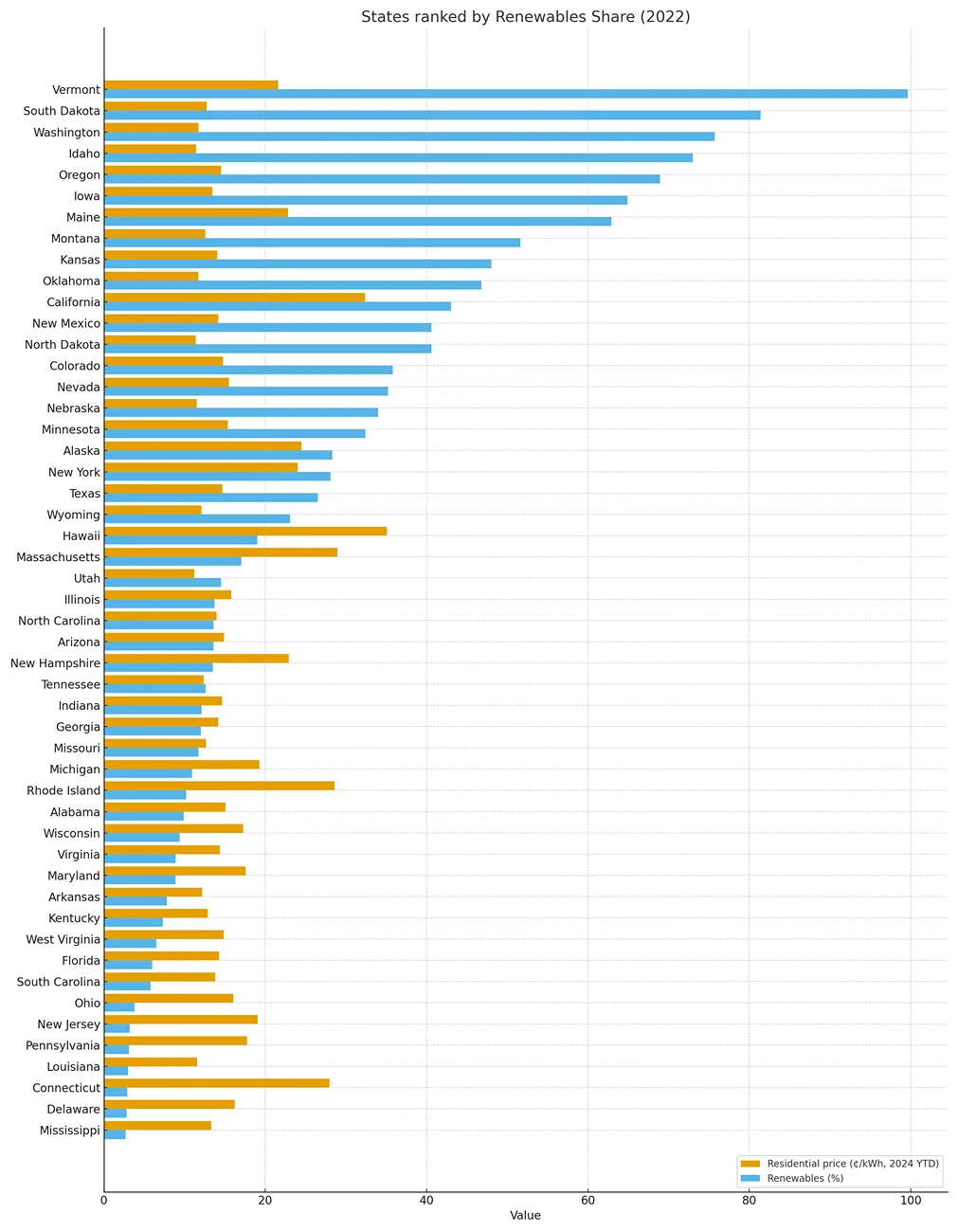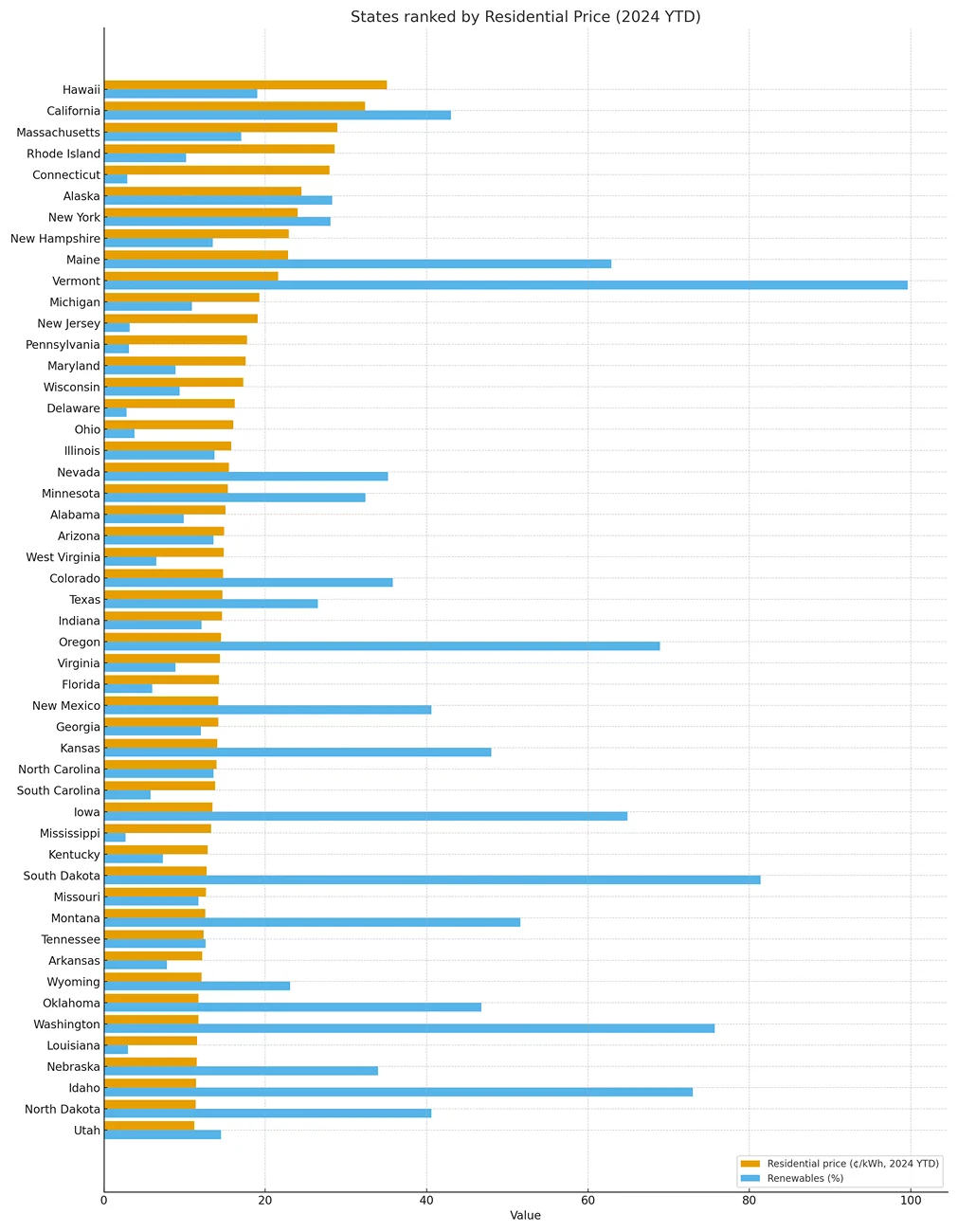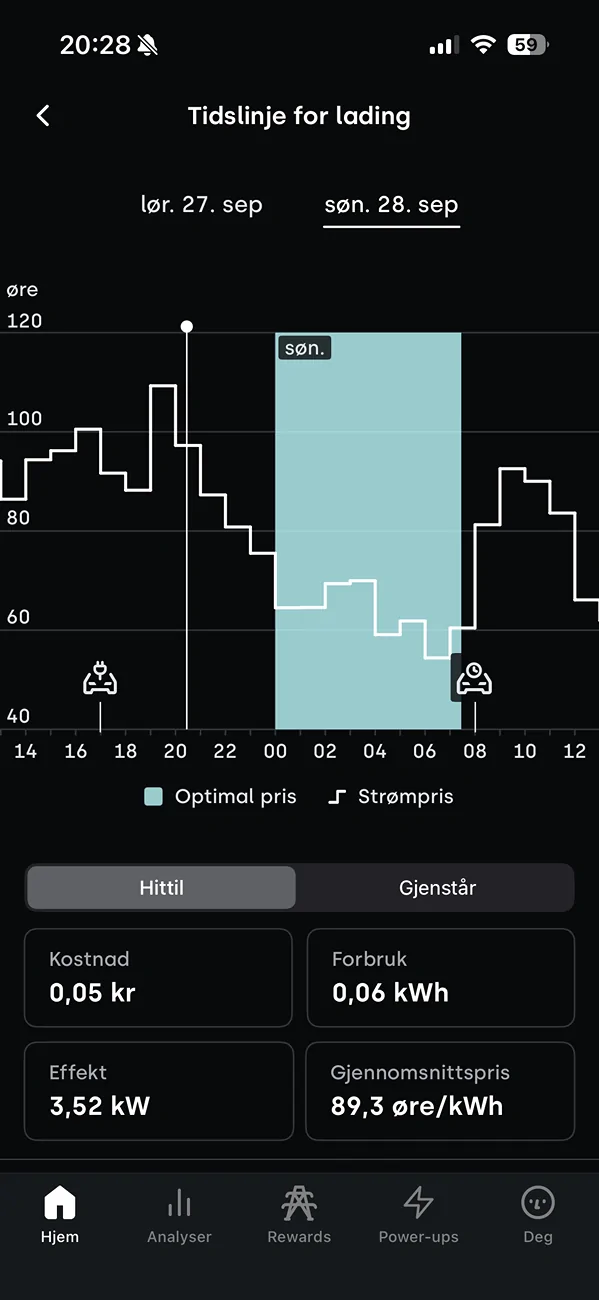NW Ontario Ford Lightning
Well-known member
- First Name
- Robert
- Joined
- Feb 14, 2025
- Threads
- 1
- Messages
- 406
- Reaction score
- 460
- Location
- NW Ontario Canada
- Vehicles
- 2024 F-150 SR Lightning XLT, 2023 Escape Hybrid
- Occupation
- Contractor
my over night residential rate is 2.8 cents per kWh (in Canadian Dollars) so about 2-cents USD. They add a delivery and few regulatory charges to this. Typical monthly bill in summer - $34/month. in Winter $100/month. My monthly consumption (including the Lightning) is about 1500kWh per month, all year around.
I run three heat pumps several deep freezers and use a regular electric hot water tank.
I built out a solar-battery system to protect me from utility outages (ie Winter !) and future increases in utilty rates - the solar works perfectly from April to October supplying all the electric power we need, then switches for winter to being a big battery that can charge from the low overnight rate to make up the missing solar input part each day, and allow my inverters to just run like normal during day and night at low cost.
It is surprising to hear how expensive electricity is just a short distance south of here.
I run three heat pumps several deep freezers and use a regular electric hot water tank.
I built out a solar-battery system to protect me from utility outages (ie Winter !) and future increases in utilty rates - the solar works perfectly from April to October supplying all the electric power we need, then switches for winter to being a big battery that can charge from the low overnight rate to make up the missing solar input part each day, and allow my inverters to just run like normal during day and night at low cost.
It is surprising to hear how expensive electricity is just a short distance south of here.
Sponsored





